In today's fast-paced modern life, an increasing number of people are beginning to pay attention to their physical health. Gait, as one of the important indicators of physical health, is of undeniable importance.
In recent years, with the advancement of technology, corrective insoles have gradually become a popular choice for improving gait issues.
This article will provide you with a detailed introduction to the scientific principles and effectiveness of corrective insoles, helping you regain a healthy gait.
I. What are Corrective Insoles?
Corrective insoles are shoe inserts customized based on individual foot arch morphology, designed to correct poor gait, improve weight distribution on the soles, thereby reducing foot fatigue, alleviating pain, and enhancing walking efficiency.
In the production process of corrective insoles, foot scanners play a crucial role. Through foot scanners, we can obtain precise foot data, providing a scientific basis for the customization of insoles.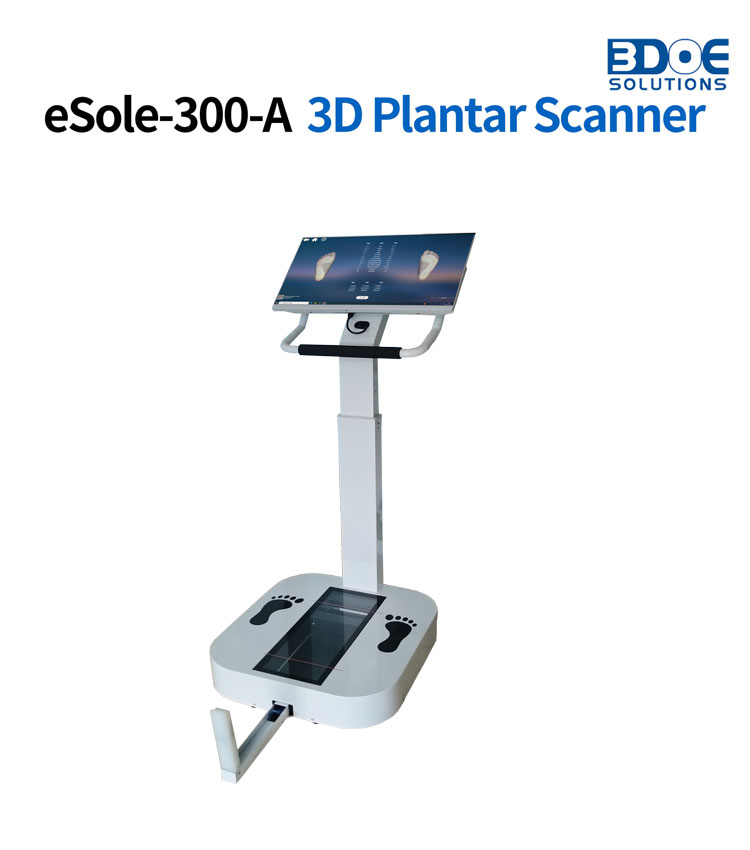
II. Working Principle of Foot Scanners
Foot scanners use advanced optical technology and image processing algorithms to quickly and accurately capture the three-dimensional morphology of the soles.
During the scanning process, users simply need to step onto the scanner with both feet, and the device will capture sole morphology data through multiple angles of cameras. Subsequently, this data will be transmitted to a computer system, processed by professional analysis software, and generate personalized sole morphology reports.
III. Scientific Orthotic Principle of Corrective Insoles
The design principle of corrective insoles is based on human biomechanics and podiatry.
By analyzing the data generated by foot scanners in depth, orthotists can understand the user's sole morphology, weight distribution, and gait characteristics.
Based on this data, orthotists will customize a pair of corrective insoles that fit the user's sole morphology. These insoles can provide targeted support and correction to the soles during walking, thereby improving gait issues, reducing foot fatigue, and pain.
IV. Actual Effects of Corrective Insoles
Many users have experienced significant improvements after using corrective insoles.
For example, patients with flat feet have experienced significant improvements in gait and reduction in pain and fatigue when walking after using corrective insoles.
In addition, corrective insoles can also effectively prevent the occurrence of foot diseases such as plantar fasciitis and Achilles tendonitis.
Long-term use of corrective insoles not only improves gait issues but also enhances walking efficiency, making it easier and more comfortable for you in both daily life and work.
V. How to Choose Suitable Corrective Insoles?
Choosing suitable corrective insoles is key to improving gait issues. When choosing, it is recommended to first select a professional orthopedic institution or brand to ensure the quality and effectiveness of the corrective insoles.
Secondly, choose insoles based on your sole morphology and gait characteristics. Finally, pay attention to the material and breathability of the insoles to ensure comfortable wear.
Corrective insoles, as a scientifically effective orthotic tool, have become the preferred choice for more and more people to improve gait issues.
Through precise measurement and customized design using foot scanners, corrective insoles can help you regain a healthy gait, making you more confident and comfortable in both daily life and work.
If you have gait issues, why not try corrective insoles? It's believed they will bring you unexpected surprises.

 +86-0755-86131192
+86-0755-86131192 2024-05-09
2024-05-09 Back to list
Back to list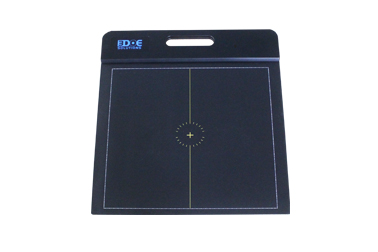
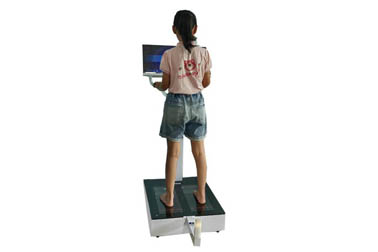
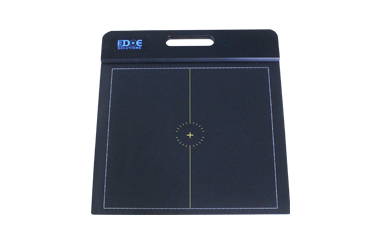
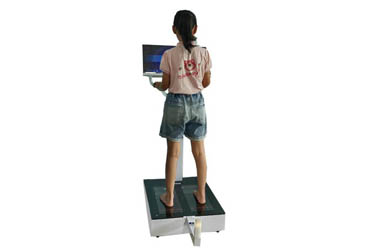
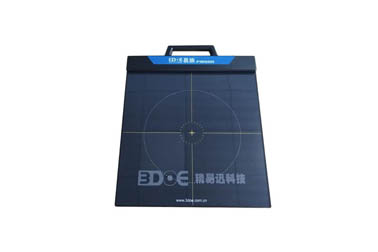
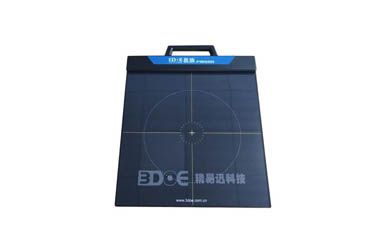



 +86-0755-86131192
+86-0755-86131192